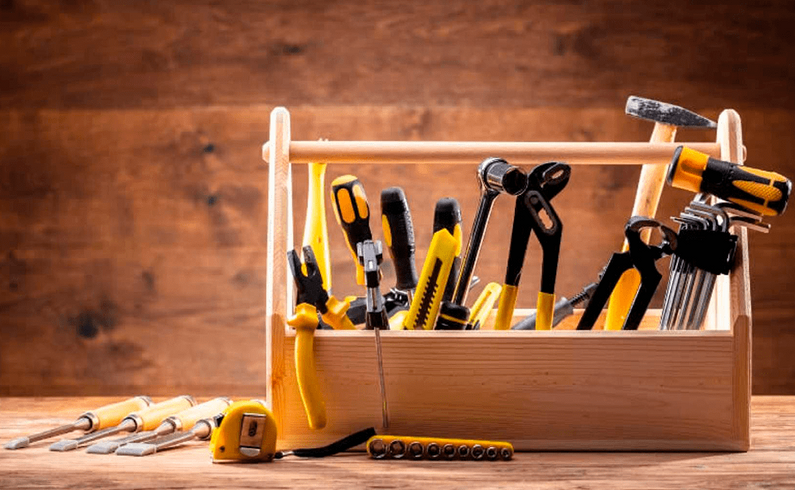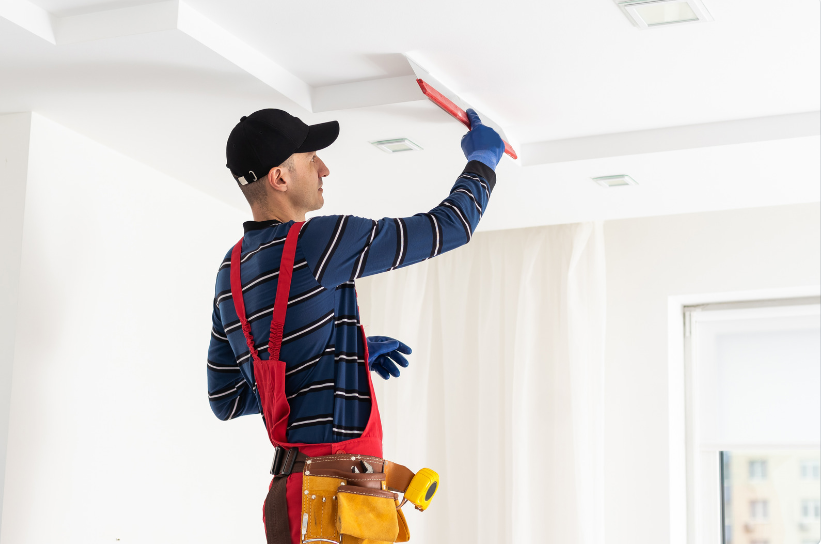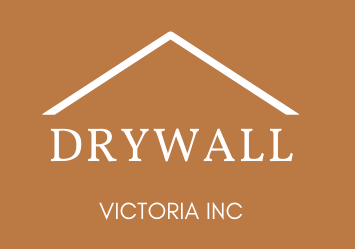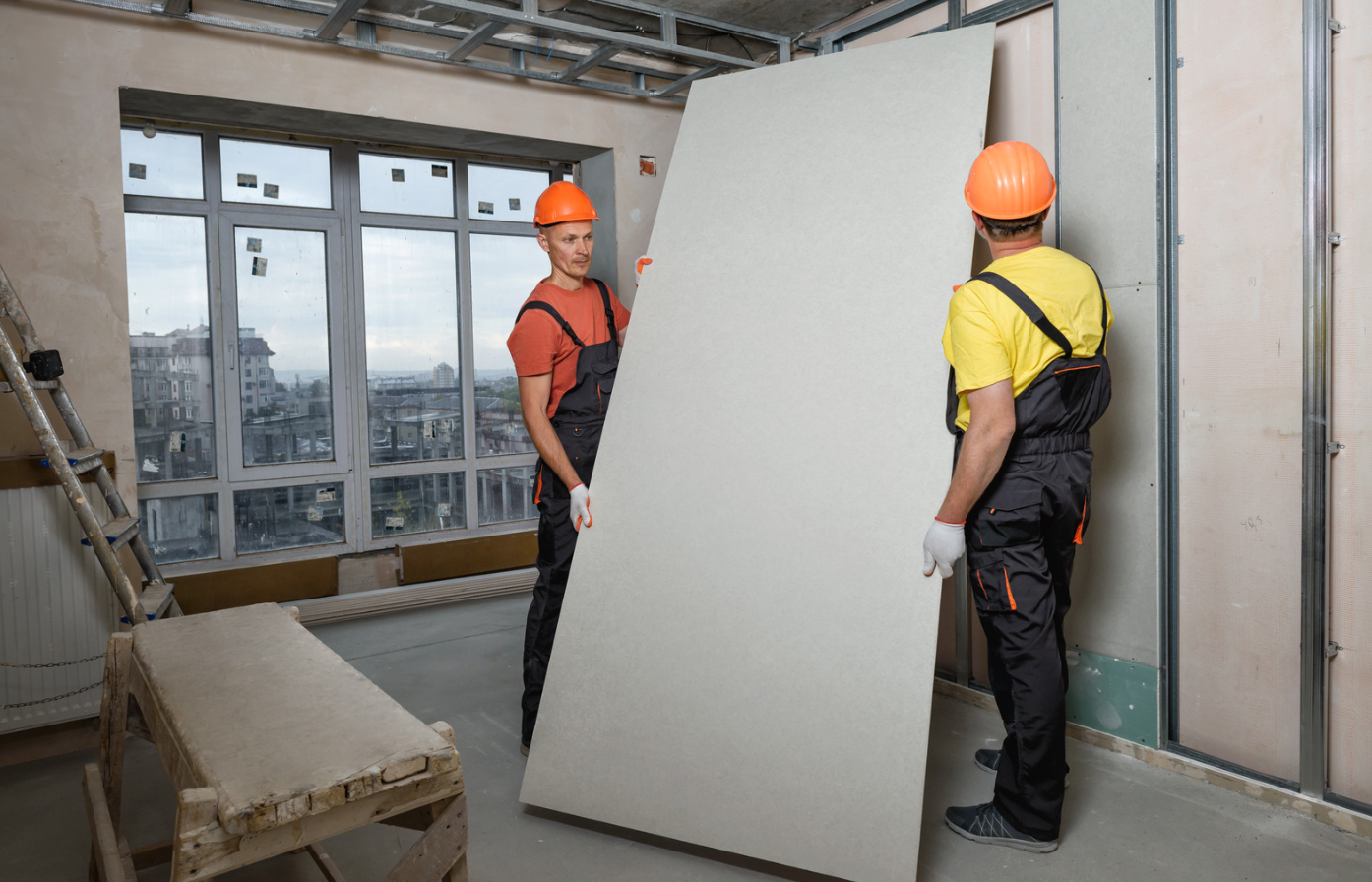The Basics of Drywall Installation
Most of us have a basic understanding of what drywall is. We are surrounded by it most of our lives, after all! When it comes to how those drywall walls got there, however, most people don’t know much. If you’ve ever been curious about the process of creating walls out of drywall, this guide is for you!
Drywall installations happen in two major steps: hanging and smoothing. Drywall is sold in large sheets that, while great for covering large areas quickly, will never exactly match the dimensions of a room. The very first task during a drywall installation is therefore to measure, plan, and cut the drywall sheets where needed to fit the wall. Cuts must be made not only for corners, windows, and doors, but also for electrical outlets, air vents, and any other openings you may need.
Once the drywall pieces are ready, it is time to secure them to the wall. Starting in one corner of the room, we apply drywall adhesive to the studs that will be covered by the first sheet. The drywall is lifted into place, pressed against the adhesive, then secured with drywall screws. Screws must be evenly spaced to prevent issues in the future, and the best practice is to start from the center of the drywall sheet and work out to the edges.
This process is continued, sheet by sheet, until the entire room (and ceiling, if needed) are covered. There will be small gaps between each sheet of drywall at this point - these are necessary to prevent cracks as the building expands and contracts.
We don’t want these gaps to be visible, however, which brings us to the next major step: smoothing! Creating a smooth, solid surface requires several coats of drywall compound (also known as “mud”) and tape. Each gap is filled with a thin layer of drywall mud, covered with drywall tape, then smoothed over with another layer of mud. These first two coats of drywall mud must be allowed to fully dry before the final layer can be added.
There will also be indentions where the screws that hold up the drywall are - these are also filled with drywall mud. Once everything is dry, a final coat of drywall mud is applied to the gaps between sheets and to any screws as needed. We then wait for everything to dry one final time.
The walls are now seamless, but they aren’t as smooth as they should be yet. There is one final step to get the drywall ready for painting - sanding. Using increasingly fine grits of sandpaper, we gently sand everywhere we applied drywall mud until it is smooth to the touch. After we have cleaned up the dust created by sanding, the drywall installation is complete and you are ready to paint!
Basic drywall installation is a straight-forward process, but to do it well requires technical skills and great attention to detail. For sturdy, seamless walls that perfectly accentuate your interior decor, call our drywall installation professionals for your next project!
You might also like


FREE QUOTE
Request a quote
Contact Us
We will get back to you as soon as possible.
Please try again later.
Service Area

